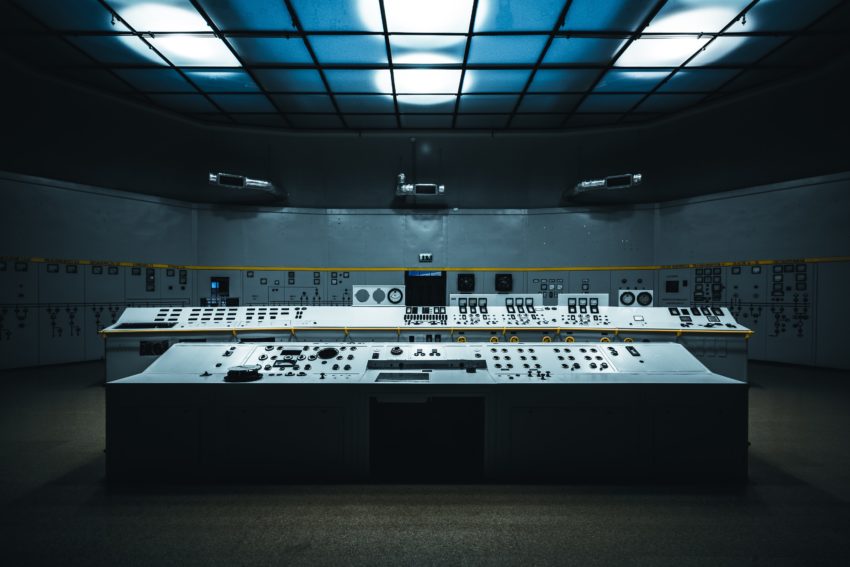Obviously, we know that quality is a huge concern to the production of any product, but perhaps most importantly for a hardware product. The combination of plastic, metals, electronics, motors, and the sweat of a lot of people tightening, welding, and screwing things together result in a lot of things that could potentially go wrong.
When I first arrived in China, a naive founder I would think, “Of course we need quality” and “Everything is checked, right?” I couldn’t have been more wrong.
The Sutro Smart Monitor System (monitor, hub, and battery) has over:
- 350 unique components (including the PCBAs)
- 14 different vendors
- 150 different quality checkpoints.
If we were to test everything, we’d have a material’s bill that would be upwards of $3,000 because every single component would need to be tested — that’s not even including the labor cost!
In this post, I want to share with you what I’ve learned about quality and how to make sure you’re managing the downside AND upside on quality and risk.
First, the supply chain and how the downside of quality works. It’s much more complicated than this, but for the blog, I’ll try to distill it down.
At each hand-off, you have incoming quality control (IQC), in-process quality control (IPQC), and outgoing quality control (OQC).
In Sutro’s case, let’s take a quick example: the battery. In the battery supply chain, there are the (in our particular example):
- The folks who mine the Lithium
- Those who make them into bite-size cells
- The vendor who puts them into the ‘housing’
- The assembly house that puts them with the Sutro unit
- Sutro the company (us)
Top-Level Flow Diagram
Incoming Quality Control
I’m not privy to the supply chain prior to number 3, but I just know the vendor that we visited buys them from vendor 2. Prior to 2, it may be a bit more complex, too.
Back to our example. The battery manufacturer sends cells that have a certain voltage, current, and amount of Lithium in them. The ‘vendor’, stage 3, has an OQC report that was given from stage 2. The vendor has an IQC (incoming) report that they need to check with stage 2’s OQC report.
In-process Quality Control
As stage 2 adds value (assembles cells of batteries together to get our battery; installs the protective PCBA circuit; puts the waterproof housing), there is an IPQC check. This in-process quality control check will take anywhere from 0% – 100% of the stock to test it for quality. I’ll talk about this 0 – 100% number after I explain outgoing quality control.
Outgoing Quality Control
Outgoing quality control is another spot check and the report of the parameters that should be tested for the stage 4 vendor that puts the battery into the Sutro unit.
How Many Should I Test?
This percentage of 0% – 100% on IQC, IPQC, or OQC is governed by the accepted quality limit (AQL).
There are 3 AQL limits:
- Critical – does it hurt the user or have critical functional issues? (Everything gets tested)
- Major – does it have functional impacts on the product? (We’re using .65)
- Minor – blemishes…etc. (We’re using 1.5)
(You’ll see what the .65 and 1.5 mean in a sec)
The first chart just tells you which ‘code letter’ to zoom into in the second chart. Here’s the quick rundown:
- We’re doing a 1,300 first MP1 (mass production 1) run
- We are using General Inspection Level II (you can research that later if you want). We go to row K
- Move to the second chart and if you look at row K, you see a 125. That is how many we need to sample out of the 1,300 batch
- Now, for the critical components (the battery and microfluidic chip) everything gets checked
- For the major components, like the tether or a functional check, we’re a major, 0.65. Zooming into the 0.65 column, and row K, you see that there is an Ac of 2 and Re of 3. That means that you can accept the batch if you find 2 issues, and reject the batch if you find 3.
- For the minor components, like a blemish in the plastic injection mold, zoom into column 1.5 and row K, you’ll see an Ac (Acceptance number) of 5 and a Re (Rejection number) of 6. This is a higher tolerance because we can ‘live’ with a small blemish.
That’s it! So here’s the punch list:
- Understand and label what is critical, major, and minor in your product
- Set upside and downside quality limits for each of these components
- Manage your IQC, IPQC, and OQC checks
- Make sure you demand the OQC reports for every batch that you build
And here are a few pics that I took from the battery factory.

